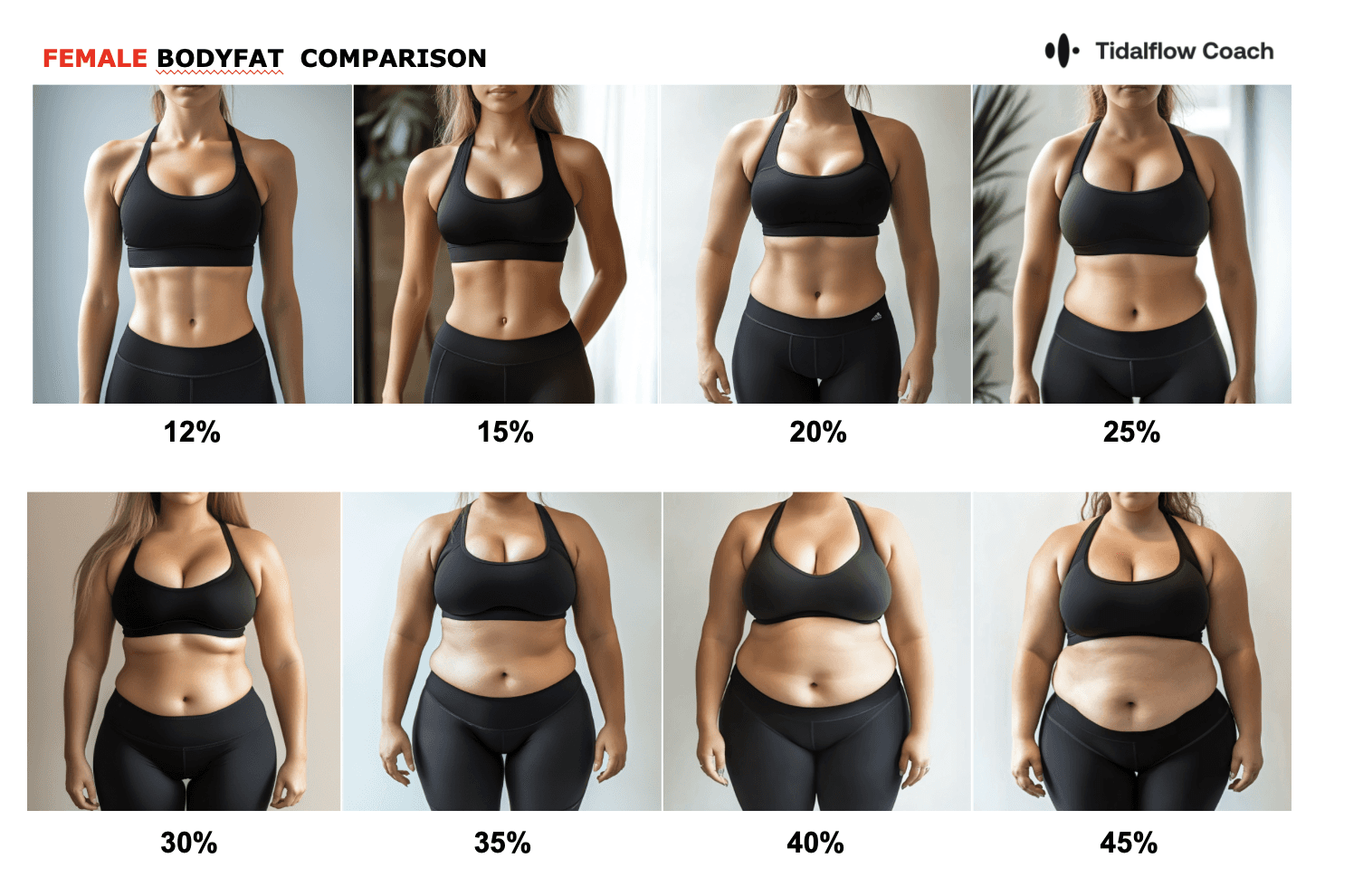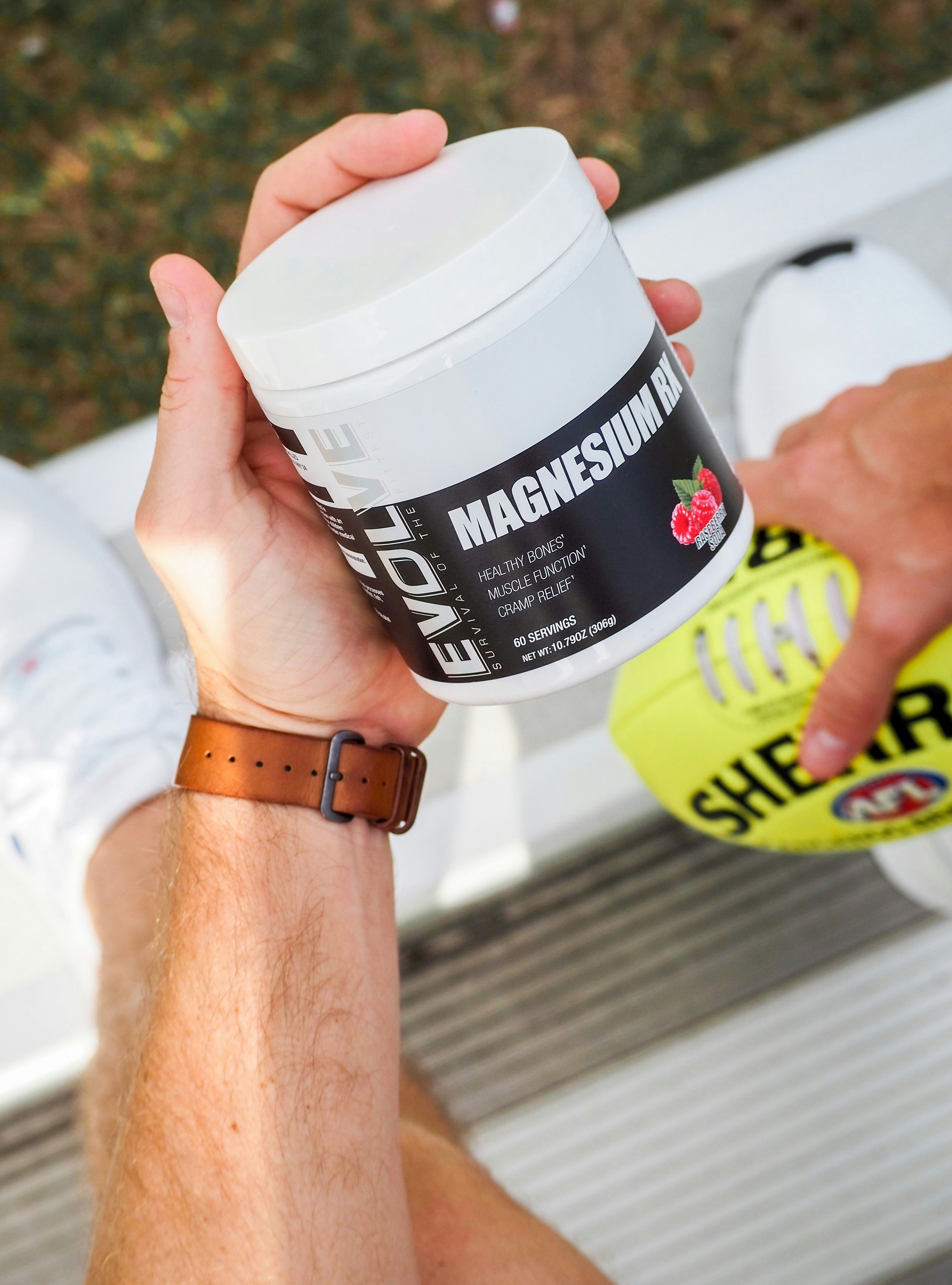Exercises for Lats: Your Ultimate Guide to a Stronger, V-Shaped Back
Sep 12, 2024
When it comes to building a strong, aesthetically pleasing physique, few muscle groups are as crucial as the latissimus dorsi, commonly known as the lats. These large, fan-shaped muscles not only contribute to the coveted V-taper look but also play a vital role in numerous everyday movements and exercises. In this comprehensive guide, we'll explore the best exercises for lats, proper techniques, and how to incorporate them into your workout routine for maximum results.
Understanding Your Lats: The Powerhouse of Your Back
Before diving into specific exercises for lats, it's essential to understand what these muscles are and why they're so important. The latissimus dorsi muscles are the largest in your upper body, spanning from your mid-back to your waist and wrapping around to the front of your ribcage. They're responsible for movements like pulling, rowing, and even helping with breathing.

Key Functions of the Lats:
Adduction of the arm (pulling the arm towards the body)
Extension of the arm (moving the arm behind the body)
Internal rotation of the arm
Assisting in breathing by elevating the ribcage
Developing strong lats not only enhances your physical appearance but also improves your overall functional strength and posture. Now, let's explore some of the most effective exercises for lats to help you achieve your fitness goals.
Top Exercises for Lats: Building Your V-Taper
Pull-ups are arguably one of the best exercises for lats, engaging multiple muscle groups while primarily targeting your back.
How to perform:
Hang from a pull-up bar with an overhand grip, hands slightly wider than shoulder-width apart.
Engage your core and pull yourself up until your chin is over the bar.
Lower yourself back down with control.
Sets and reps: 3-4 sets of 6-10 reps
Pro tip: If you're struggling with full pull-ups, try assisted pull-ups using a resistance band or machine to build strength gradually.
Lat pulldowns are an excellent alternative for those who struggle with pull-ups or want to focus on isolating the lats.
How to perform:
Sit at a lat pulldown machine with a wide grip on the bar.
Pull the bar down to your chest while keeping your back straight.
Slowly return the bar to the starting position.
Sets and reps: 3-4 sets of 8-12 reps
Variation: Try close-grip lat pulldowns to target the lower lats more effectively.
This compound exercise targets your lats along with other back muscles and biceps.
How to perform:
Stand with feet shoulder-width apart, holding a barbell with an overhand grip.
Bend at the hips and knees, lowering your torso until it's almost parallel to the floor.
Pull the barbell to your lower chest, then lower it back down.
Sets and reps: 3-4 sets of 8-10 reps
Key focus: Keep your core engaged throughout the movement to protect your lower back.
Dumbbell Single-Arm Rows
Single-arm rows allow you to focus on one side at a time, ensuring balanced development.
How to perform:
Place one knee and hand on a bench, with the other foot on the ground.
Hold a dumbbell in your free hand, letting it hang straight down.
Pull the dumbbell up to your hip, then lower it back down.
Sets and reps: 3 sets of 8-12 reps per arm
Tip: Focus on squeezing your lats at the top of each rep for maximum engagement.
This exercise provides constant tension on the lats throughout the movement.
How to perform:
Sit at a cable row machine with your feet against the footplate.
Grasp the handle and pull it towards your lower abdomen.
Slowly extend your arms back to the starting position.
Sets and reps: 3-4 sets of 10-15 reps
Variation: Use a wide grip attachment to emphasize lat engagement further.
Incorporating Lat Exercises into Your Workout Routine
To effectively build your lats, it's crucial to incorporate these exercises into a well-structured workout routine. Here's a sample back workout that focuses on lat development:
Warm-up: 5-10 minutes of light cardio and dynamic stretching
Pull-ups: 3 sets to failure
Lat Pulldowns: 3 sets of 10-12 reps
Bent-Over Barbell Rows: 3 sets of 8-10 reps
Dumbbell Single-Arm Rows: 3 sets of 10 reps per arm
Seated Cable Rows: 3 sets of 12-15 reps
Cool-down: 5-10 minutes of static stretching
Remember to adjust the weights and reps based on your fitness level and goals. It's also important to maintain proper form throughout each exercise to maximize results and prevent injury.
Advanced Lat Exercises for Experienced Lifters
Once you've mastered the basics, you may want to challenge yourself with more advanced exercises for lats:
Weighted Pull-Ups Add weight using a belt or weighted vest to increase the difficulty of standard pull-ups.
Meadows Rows This variation of the one-arm dumbbell row targets the lats from a unique angle.
Renegade Rows Combine a plank position with dumbbell rows for a challenging core and lat workout.
Chest-Supported Dumbbell Rows Use an incline bench to support your chest while performing dumbbell rows, isolating the lats.
Inverted Rows Perform rows using a fixed bar or TRX straps for a bodyweight alternative to traditional rows.
These exercises require more strength and stability, so ensure you've built a solid foundation before attempting them.
Common Mistakes to Avoid When Training Lats
To get the most out of your lat workouts, avoid these common pitfalls:
Using momentum instead of controlled movements Focus on slow, deliberate movements to keep tension on the lats throughout each rep.
Neglecting full range of motion Ensure you're fully extending and contracting your lats in each exercise for optimal muscle engagement.
Overtraining without proper recovery Allow adequate rest between workouts to prevent burnout and promote muscle growth.
Ignoring proper form in favor of heavier weights Prioritize correct technique over lifting heavier weights to prevent injury and ensure effective muscle targeting.
Failing to engage the lats throughout the entire exercise Concentrate on maintaining lat activation during both the concentric and eccentric phases of each movement.
By focusing on proper technique and mind-muscle connection, you'll see better results and reduce the risk of injury.
The Role of Nutrition in Lat Development
While exercises for lats are crucial, don't forget the importance of proper nutrition in muscle growth. Ensure you're consuming enough protein to support muscle recovery and growth. Aim for 1.6-2.2 grams of protein per kilogram of body weight daily. Additionally, maintain a balanced diet with adequate carbohydrates for energy and healthy fats for hormone production.

Here are some key nutritional considerations for optimal lat development:
Protein sources: Lean meats, fish, eggs, dairy, and plant-based proteins like legumes and tofu.
Complex carbohydrates: Brown rice, quinoa, sweet potatoes, and whole-grain bread.
Healthy fats: Avocados, nuts, seeds, and olive oil.
Micronutrients: Ensure you're getting a variety of fruits and vegetables for essential vitamins and minerals.
Hydration: Drink plenty of water to support muscle function and recovery.
The Importance of Progressive Overload in Lat Training
To continually develop your lats, it's essential to implement progressive overload in your training. This principle involves gradually increasing the weight, frequency, or number of repetitions in your strength training routine. Here are some ways to apply progressive overload to your lat exercises:
Increase the weight: Add small increments of weight to your exercises as you get stronger.
Increase the volume: Add extra sets or reps to your existing routine.
Decrease rest time: Shorten the rest periods between sets to increase workout intensity.
Improve form: Focus on perfecting your technique to engage the lats more effectively.
Increase time under tension: Slow down the eccentric (lowering) phase of each rep.
By consistently challenging your lats, you'll promote continuous growth and prevent plateaus in your training.
Integrating Lat Training with Tidalflow's AI Personal Trainer
To take your lat training to the next level, consider using Tidalflow's AI-powered personal trainer. Our innovative system can create personalized workout plans tailored to your specific goals, fitness level, and available equipment. Whether you're a beginner or an advanced lifter, Tidalflow can help you optimize your lat workouts for maximum results.
Some benefits of using Tidalflow for your lat training include:
Customized exercise selection based on your progress and goals
Real-time form feedback to ensure proper technique
Progressive overload recommendations to continually challenge your lats
Integration with nutrition tracking to support muscle growth
Adaptive workout schedules that fit your lifestyle
By combining the exercises for lats outlined in this guide with Tidalflow's personalized approach, you'll be well on your way to building the strong, V-shaped back you've always wanted.
Supplementary Exercises for a Well-Rounded Back Workout
While focusing on lat exercises is crucial for developing a V-taper, it's important to include complementary exercises for overall back development. Here are some additional exercises to consider:
Deadlifts: A compound movement that targets the entire posterior chain, including the lats.
Face Pulls: Helps balance shoulder development and improves posture.
Hyperextensions: Targets the lower back muscles for a complete back workout.
Dumbbell Pullovers: Engages both the lats and the chest muscles.
T-Bar Rows: Another effective rowing variation for overall back thickness.
Incorporating these exercises into your routine will ensure comprehensive back development and help prevent muscle imbalances.
Recovery and Mobility for Healthy Lats
Proper recovery and mobility work are essential for maintaining healthy, functional lats. Here are some strategies to incorporate into your routine:
Foam rolling: Use a foam roller to release tension in your lats and surrounding muscles.
Stretching: Perform lat stretches regularly to maintain flexibility and prevent tightness.
Active recovery: Engage in light activities like swimming or yoga on rest days.
Massage: Consider sports massage or self-massage techniques to alleviate muscle tension.
Sleep: Ensure you're getting adequate sleep (7-9 hours) for optimal recovery and muscle growth.
By prioritizing recovery, you'll reduce the risk of injury and improve your overall training performance.
Tracking Your Lat Development Progress
To stay motivated and ensure you're making progress, it's important to track your lat development over time. Here are some methods to monitor your progress:
Take progress photos: Regular photos can help you visualize changes in your back development.
Keep a workout log: Record your exercises, weights, and reps to track strength improvements.
Measure your back: Use a flexible tape measure to track changes in your back width.
Assess your performance: Monitor improvements in pull-up reps or weights lifted in various exercises.
Use Tidalflow's progress tracking features: Our AI system can help you visualize your progress over time.
Regular assessment of your progress will help you stay on track and make necessary adjustments to your training program.
Conclusion: Your Path to a Stronger Back Starts Now
Developing strong, well-defined lats is a journey that requires dedication, proper technique, and consistency. By incorporating the exercises for lats we've discussed and following a structured workout plan, you'll be well on your way to achieving your back-building goals.
Remember, everyone's fitness journey is unique. What works for one person may not work for another, which is why personalized guidance can be so valuable. With Tidalflow's AI personal trainer, you can get a tailored approach to lat training that adapts to your progress and helps you avoid plateaus.
Are you ready to take your lat training to the next level? Start your journey with Tidalflow today and unlock your full potential for a stronger, more sculpted back.
Get Your Personalized Lat Workout Plan with Tidalflow - Start Now!
By following this comprehensive guide and leveraging the power of Tidalflow's AI-driven personal training, you're not just working out – you're transforming your physique and overall strength. Your journey to an impressive V-taper starts now!
You should not have to do it all on your own













